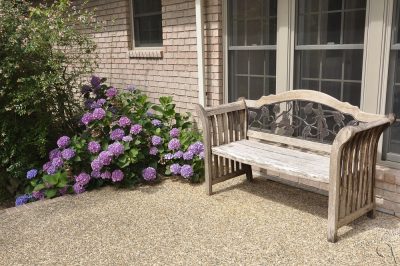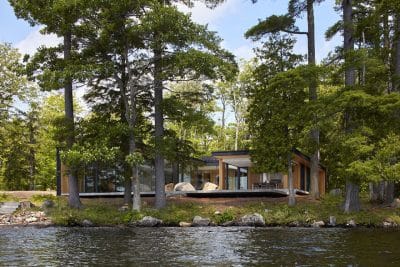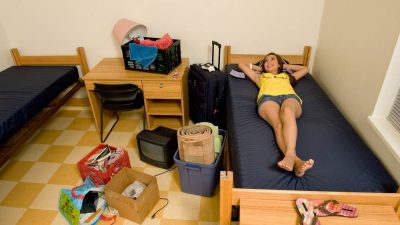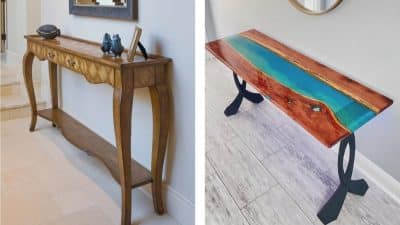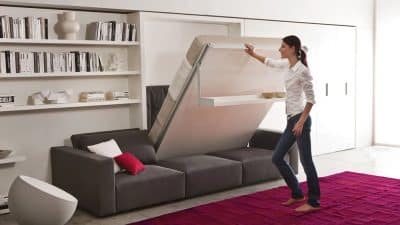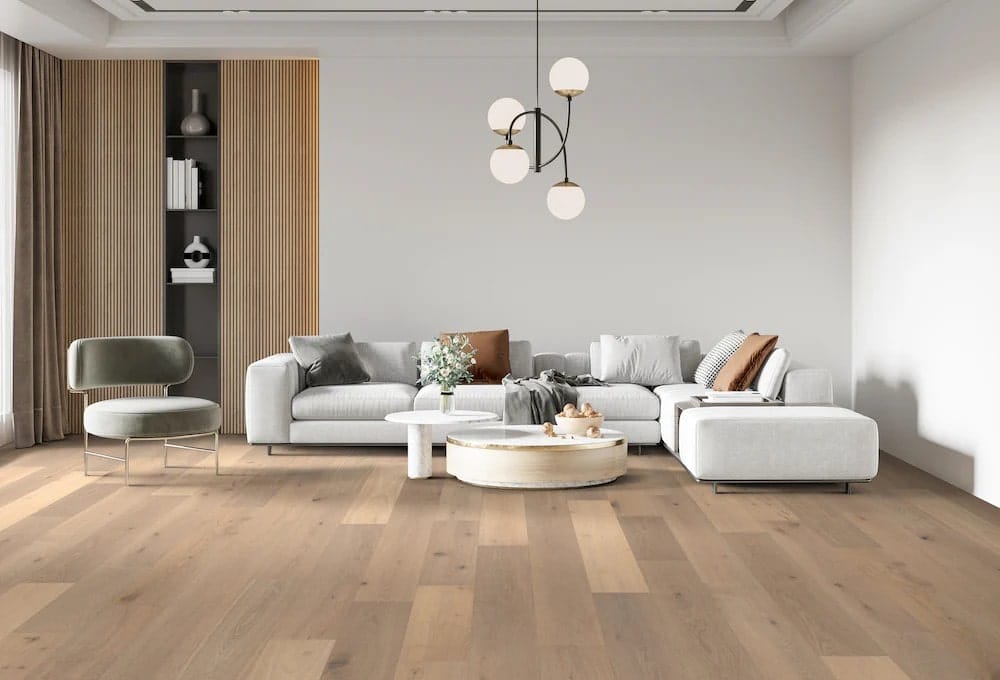
Did you know that 78% of homeowners regret their flooring choice within the first year of installation? Making the wrong flooring decision can lead to years of frustration and unnecessary expenses. Whether building a new home or renovating an existing one, selecting the right timber flooring requires careful consideration of various factors.
Different types of timber flooring offer unique characteristics and benefits. Each option brings advantages and challenges, from classic solid hardwood to modern engineered solutions. In fact, the benefits of timber flooring extend beyond aesthetics – they can increase your property value and last for generations when chosen correctly.
This article will walk you through everything you need to know about selecting the perfect timber flooring for your home. We’ll explore all available options, discuss crucial factors to consider, and help you make an informed decision that you’ll love for years to come.
Understanding Different Timber Flooring Types
Timber flooring comes in several distinct varieties, each offering unique characteristics suited to different needs and environments. Understanding these differences is crucial for making an informed choice.
Solid Timber vs Engineered Timber
Solid timber flooring consists of single wood pieces, typically 19mm thick, offering unparalleled durability and authenticity. Furthermore, engineered timber features multiple layers, with a real wood veneer bonded to plywood or other stable materials.
Overlay and Laminate Options
Solid timber overlay flooring provides a more compact alternative at 12mm thickness, making it ideal for concrete subfloors. Additionally, laminate flooring consists of four layers, including a transparent, water-resistant overlay that protects against wear, stains, and scratches.
Key features of modern timber options:
- Engineered timber offers 1-4mm hardwood surface thickness
- Solid timber can last 50-70 years or more
- Laminate flooring provides a cost-effective alternative with advanced printing technology
Pros and Cons of Each Type
| Type | Advantages | Disadvantages |
| Solid Timber | Can be resanded multiple times, authentic look | More expensive, sensitive to moisture |
| Engineered | More stable in humid conditions, affordable | Limited refinishing options |
| Laminate | Scratch-resistant, easy maintenance | Cannot be refinished, susceptible to moisture damage |
Consequently, each flooring type serves different needs. Solid timber excels in durability and authenticity; engineered timber offers stability and affordability, whereas laminate provides a practical solution for budget-conscious homeowners.
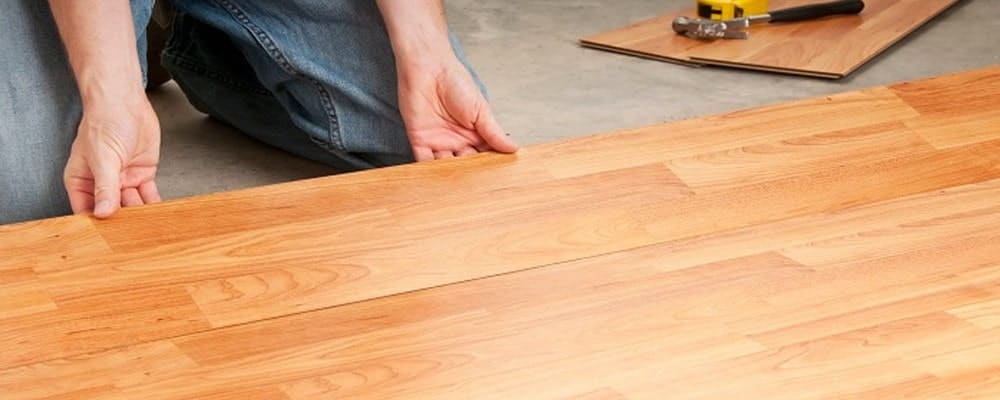
Essential Factors for Selection
Selecting the perfect timber flooring requires careful consideration of several key factors that will affect both immediate satisfaction and long-term performance.
Room Usage and Traffic Patterns
The function of each room significantly influences flooring selection. High-traffic areas like hallways and living rooms need more resilient options that resist scratches and daily wear. Specifically, oak, maple, and cherry are excellent choices for busy areas, offering superior durability against constant foot traffic.
Climate and Moisture Considerations
Moisture content plays a crucial role in timber flooring performance. The ideal moisture content should range between 9-14%, although most locations require 10-12% for optimal results. Moreover, timber flooring responds to atmospheric changes:
- Expansion during high humidity periods
- Contraction in low humidity conditions
- Potential cupping in extreme moisture variations
Budget and Long-term Value
Initial costs vary significantly based on timber grade and quality:
| Grade Level | Cost per m² |
| Standard | $76-107 |
| Premium | $92-153 |
| Basic | $61 |
Although timber flooring requires a higher initial investment, it offers significant long-term value. Therefore, consider that properly maintained timber floors can last for decades, making them a cost-effective choice in the long run. The installation costs typically add approximately $76-92 per square metre to the base price.
Matching Timber to Your Space
Creating the perfect harmony between your space and timber flooring requires careful consideration of both practical and aesthetic elements.
Best Options for Different Rooms
Initially, each room demands specific timber characteristics based on its function. For instance, lighter-coloured floors like Tasmanian oak maximise light and brighten up living spaces. Rather than using a one-size-fits-all approach, consider this room-specific guide:
| Room Type | Recommended Timber |
| Living Areas | Spotted Gum or Blackbutt |
| Bedrooms | Light or medium-toned timber |
| Kitchen | Water-resistant options |
| High-traffic Areas | Dark-toned hardwoods |
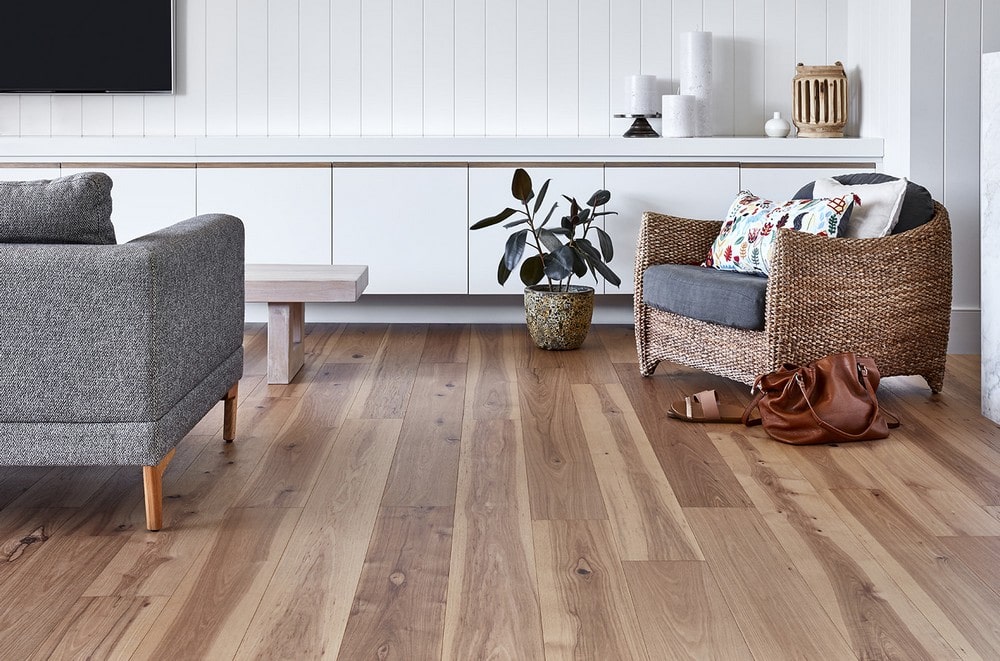
Colour and Grade Selection
The grade of timber significantly impacts both appearance and cost. Select grade offers the cleanest look with minimal natural features, particularly suitable for modern interiors. Standard grade provides more character with moderate natural features, while rustic grade showcases prominent knots and grain patterns.
When selecting colours, consider these key factors:
- Light-coloured floors create an illusion of space
- Medium brown pairs well with earthy tones
- Grey flooring offers versatility with both cool and warm colour schemes
Design and Style Compatibility
Nonetheless, timber flooring demonstrates remarkable versatility across different interior styles. Dark floors provide depth and contrast, while lighter shades complement contemporary or minimalist designs. Proper lighting, like adjustable pendant lights or floor lamps, can highlight the elegance of darker flooring.
For a cohesive look, match your furniture with consideration of the floor’s undertones. Ashy floors complement neutral whites and grey walls effectively. Likewise, white wall paint with yellow undertones works well with golden-toned flooring.
Installation and Maintenance Requirements
The longevity of timber flooring depends heavily on proper installation and maintenance practices. A well-maintained timber floor can last between 75 to 100 years.
Professional vs DIY Installation
Certainly, the decision between professional and DIY installation impacts both immediate costs and long-term performance. Professional installation typically costs between AUD $61.16 to AUD $91.74 per square metre for direct-stick installation. Obviously, DIY installation might seem cost-effective; however, professionals offer crucial benefits:
- Efficiency in completion (usually within 1-2 days)
- Guaranteed quality with insurance coverage
- Proper disposal of old flooring materials
Maintenance Schedule and Costs
A structured maintenance approach ensures optimal floor performance:
| Frequency | Task | Notes |
| Daily | Sweep/vacuum | Use soft-bristle broom |
| Weekly | Damp mop | Use pH-neutral cleaner |
| Annual | Professional clean | Recommended for all types |
| 10-15 years | Sand and polish | Complete refresh |
Accordingly, oiled floors need maintenance every 1-3 years, and lacquered floors require full refinishing every decade. Engaging an expert in floor sanding in Melbourne means you can expect a professional finish when it comes time to refinish your timber floors.
Common Problems and Solutions
Soon after installation, be vigilant about these common issues:
- Moisture-related problems:
- Use dehumidifiers to maintain 35-65% relative humidity
- Keep the temperature between 15-30°C
- Surface protection:
- Install entrance mats at external doors
- Use felt protectors under furniture
- Avoid steam mops and harsh cleaners
Undoubtedly, regular maintenance prevents costly repairs. For stubborn marks, use a damp cloth with diluted methylated spirits, always testing on an inconspicuous area first.
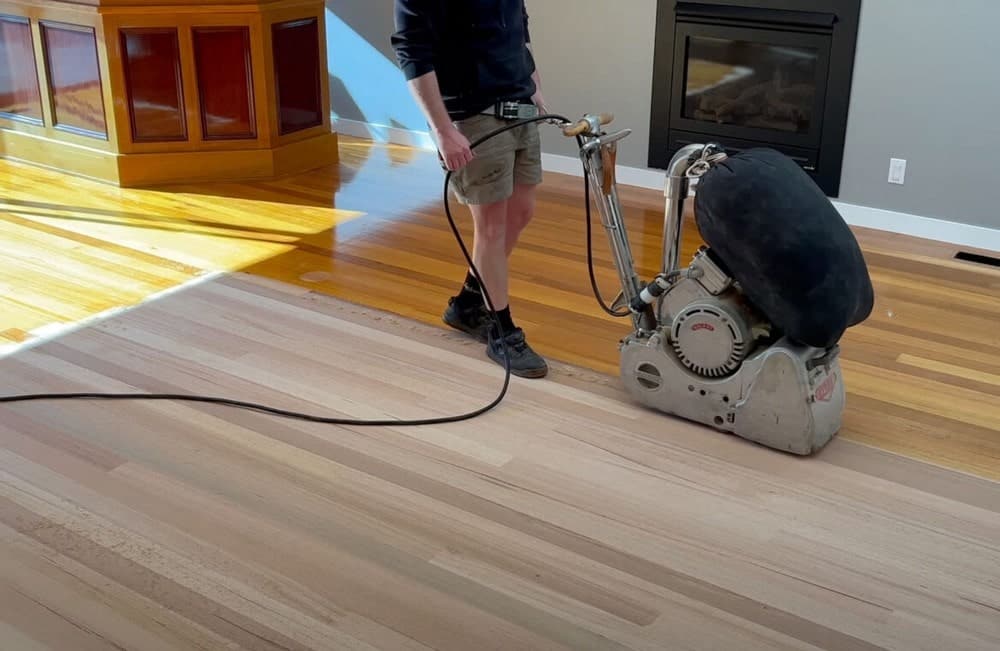
Conclusion
Timber flooring stands as a significant investment that shapes your home’s character and value for decades. By carefully considering various timber types, each space deserves its unique flooring solution based on traffic patterns, moisture levels, and aesthetic requirements.
Solid timber offers unmatched durability and authenticity, while engineered options provide stability and cost-effectiveness. Additionally, laminate flooring serves as a practical choice for budget-conscious homeowners who still want the timber look.
Most compelling evidence shows that successful timber flooring projects depend on three key elements: proper selection, professional installation, and consistent maintenance. Whether choosing classic hardwood for living areas or moisture-resistant options for kitchens, your selected timber must align with both practical needs and design preferences.
Above all, remember that quality timber flooring can last 75-100 years when properly maintained. Regular cleaning, appropriate humidity control, and timely professional maintenance will protect your investment and ensure your floors remain beautiful for generations.

